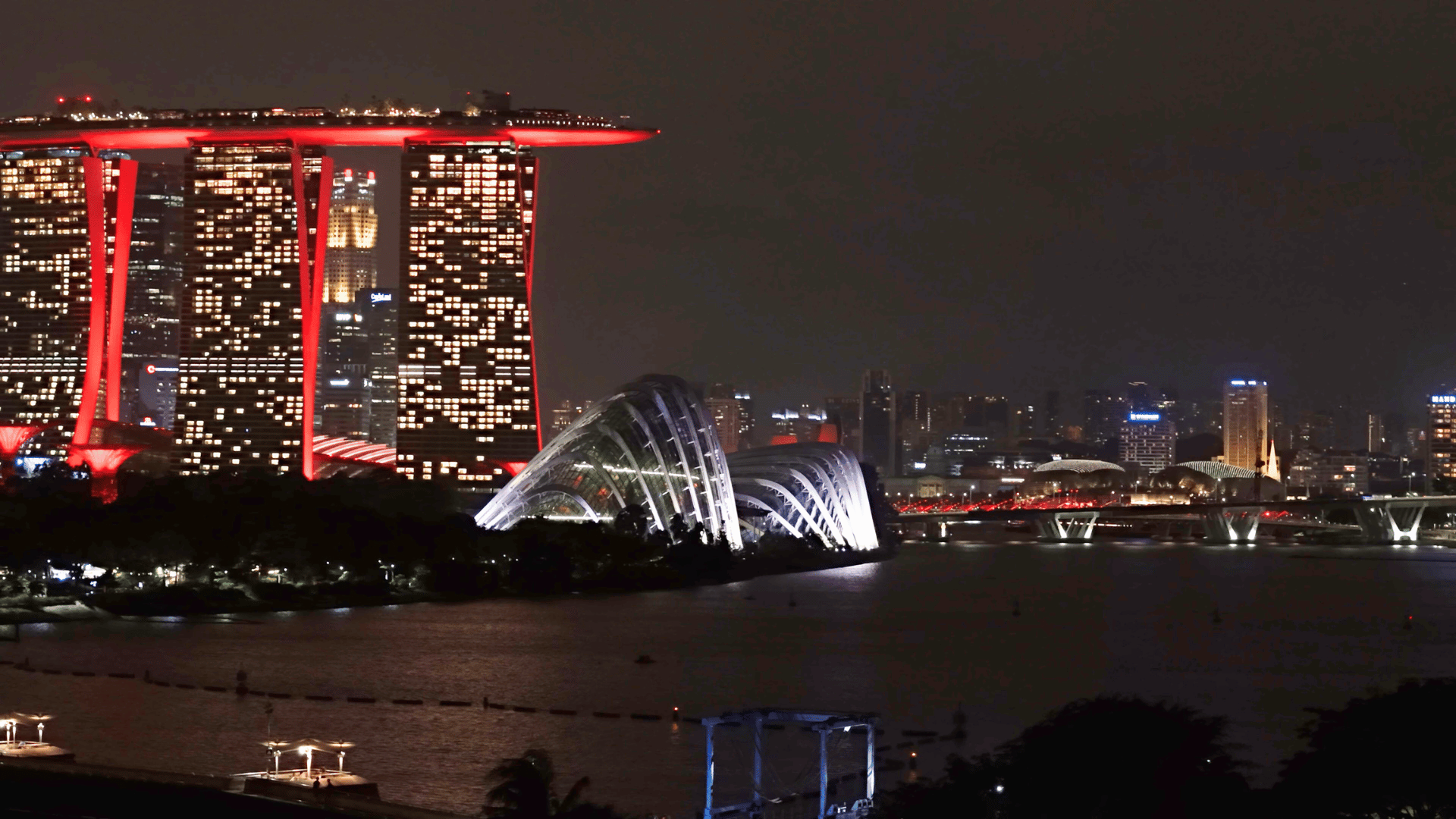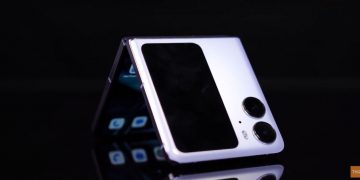At this year’s Galaxy Unpacked event, Samsung released 2 new phones, The Galaxy Note 20 Ultra and vanilla Note 20 priced at S$1398 and S$1898, respectively. Our take? There are many other phones in the market that are cheaper and can provide the same experience (other than the S-pen), so pick those instead.
Specs
Both phones come with the latest and greatest Chipsets from Qualcomm and Samsung, with US variants coming with a Qualcomm Snapdragon 865 Plus Chipset in the US and an Exynos 990 Chipsets in most other markets including Singapore.
The vanilla Note 20 comes with 8GB of LPDDR5 ram and 128GB of UFS 3.0 storage, while the Note 20 Ultra has 12GB of LPDDR5 ram paired with 128GB of an even faster UFS 3.1 storage. However, only the Note 20 Ultra has a dedicated microSD card slot for a maximum storage expansion of up to 1 TB.
Battery
Striaght out of the box, both phones come with a 25W fast charger which Samsung claims can top your phone up from 0 to 50% in just 30 minutes, and fast Wireless Charging 2.0 that delivers up to 15W of power. Speaking of charging, the vanilla Note comes with a hefty 4200mAh battery and the Note 20 Ultra comes with an even larger 4500mAh battery that should last you throughout the day. The phones are also still equipped with Samsung’s exclusive PowerShare Feature that allows you to charge other devices wirelessly by simply placing them on the back of your phone.
Display
These batteries have to power the monolith 6.9-inch QHD+ Dynamic AMOLED 2X curved display on the Note 20 Ultra and a normal 6.7-inch FHD+ Super AMOLED flat display on the vanilla Note 20 with an Infinity – O hole punch for the selfie camera in the center. The most disappointing difference between the 2 models is the exclusivity of a high refresh rate 120Hz display on the Note 20 Ultra. At this price point, all phones should come with this feature — even Samsung’s own S20 released at the start of the year has a high refresh rate 120Hz display with a lower starting point. To make matters worse, many new budget phones like the One Plus Nord has a 90Hz FHD+ display and its price is just under half the price of the vanilla Note 20. Despite this, both displays have excellent color reproduction and are bright enough to use outdoors without any glare.
Build
These displays are both protected by different variants of Corning Gorilla Glass — Gorilla Glass 5 on the vanilla Note 20 and the new Gorilla Glass Victus on the Note 20 Ultra. Tests by Corning have shown Gorilla Glass Victus surviving drops onto hard, rough surfaces from up to 2 meters. These phones also have glass backs and have a build of anodised aluminum like many other flagship phones out there. The Vanilla Note 20 is available in eye popping Mystic Green, Mystic Bronze, and Mystic Gray, while the Note 20 Ultra comes in Mystic Bronze, Mystic Black, and Mystic White.
S-Pen
New improvements have also been made to the Notes Signature feature, the S-pen. This year, Samsung has managed to drastically reduce the latency of the S-pen from 42ms down to just 26ms for the vanilla Note 20 and 9ms for the Note 20 Ultra to match Apple pencil levels of responsiveness akin to writing on physical paper.
Camera
Both phones have the same 10MP, f/2.2 80-degree FOV front facing camera that supports 4K 60 fps recording. On the back, both phones have triple cameras. They also share the same Ultrawide 12-megapixel F2.2 120-degree FOV camera perfect for group shots and landscapes. The two phones have different main and zoom cameras. The main camera on the Vanilla Note 20 is a 12-megapixel F1.8, Dual Pixel AF, OIS 79-degree FOV sensor capable of 4K 60 fps recording. Things get interesting with the Note 20 Ultras 108-megapixel F1.8, OIS 79-degree FOV sensor. This camera, also found on the S20 ultra, was plagued with video auto-focus issues that made it almost impossible to use when shooting video despite its 8K capabilities. To combat this, the Note 20 Ultra comes with a hardware solution, a new red laser auto-focus module that has appeared to solve the auto-focus issues. On a separate note, both phones can shoot in 8k 30 fps video. The Note 20 Ultra can do so on its main camera, but the Vanilla Note 20 uses the zoom camera instead, so to shoot 8k videos you have to zoom in 3 times. The zoom lens on the Note 20 ultra is a 12MP, f/3.0, telephoto camera, 5x Optical zoom sensor, and the vanilla Note 20 has a 64MP, f/2.0, telephoto, 3x Hybrid Optic zoom sensor.
Bottom Line
Both the Note 20 and Note 20 Ultra are phones with excellent performance and design but with extremely steep starting prices that are just too expensive for what you’re getting. The screen on the Note 20 is a deal breaker for me, so unless you really need an S-pen, don’t buy the new Notes. Phones like the S20 offer comparable performance with its 120Hz Display and since they have been around for a while now, they probably would be a lot cheaper than the Notes.












